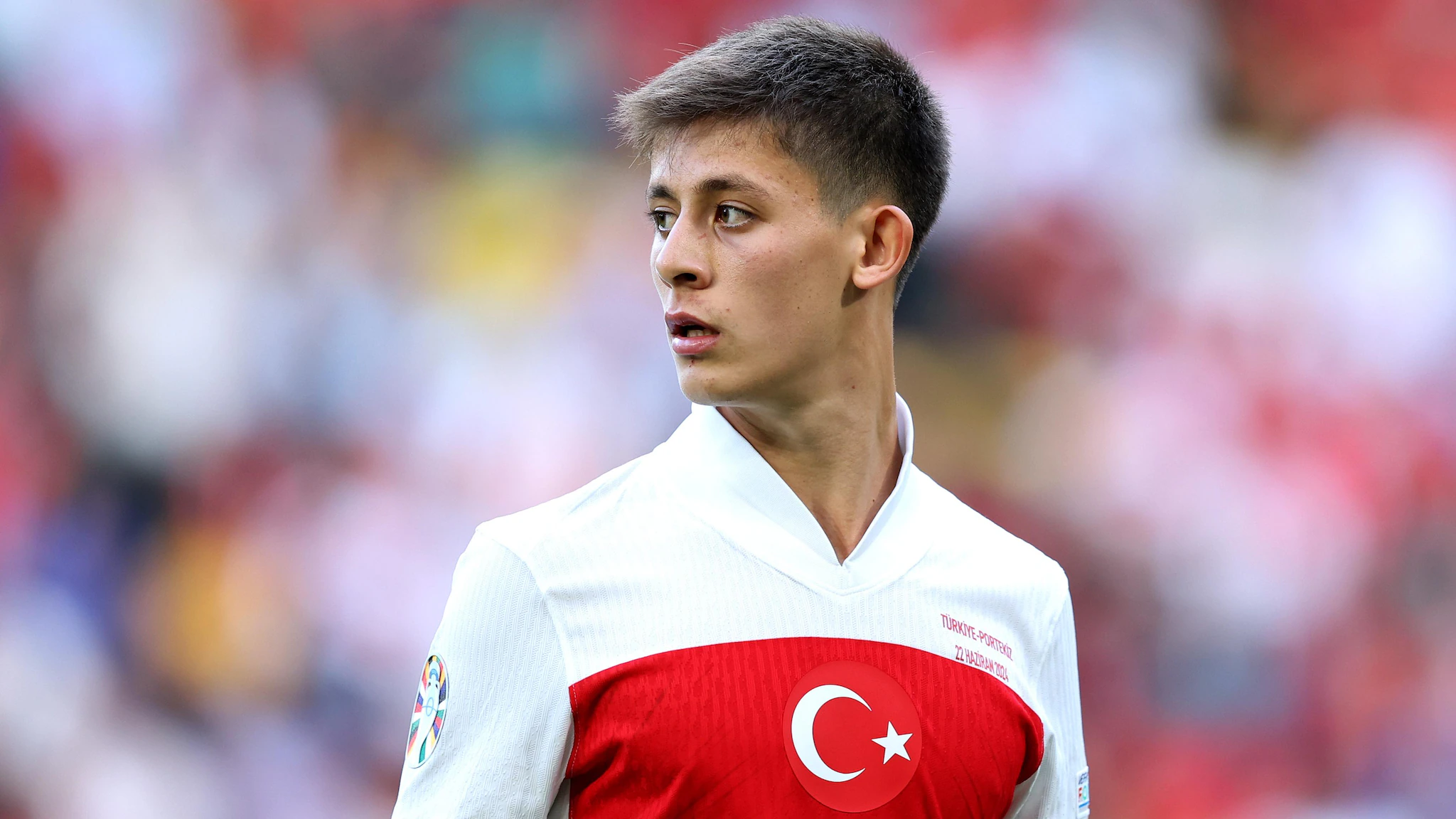EURO 2024 is an exciting football tournament where teams from Europe compete to be the best. The group stage is the first part of the tournament, where teams play to qualify for the next round. This guide will explain the qualifying rules, how many teams move on, and what happens if teams are tied.
How the Group Stage Works
In the EURO 2024 group stage, 24 teams are divided into six groups, labeled A to F. Each group has four teams. During the group stage, each team plays three matches, one against each of the other teams in their group.
How Teams Qualify for the Next Round
At the end of the group stage, 16 teams will advance to the knockout stage. Here’s how they are selected:
- Top Two Teams from Each Group: The first and second-place teams from each group automatically move on. This makes a total of 12 teams (2 teams x 6 groups = 12 teams).
- Best Four Third-Place Teams: The four best third-place teams across all groups also advance. This brings the total number of advancing teams to 16.
How to Rank Teams in the Group
Teams get points based on how well they do in each match:
- Win: 3 points
- Draw: 1 point
- Loss: 0 points
The teams are then ranked by the total number of points they have. The more points, the higher the rank.
What Happens If Teams Have the Same Points?
Sometimes, teams end up with the same number of points. In such cases, several tiebreakers are used to decide which team ranks higher. These tiebreakers are used in this order:
- Head-to-Head Results: The first tiebreaker looks at the results of the matches played between the tied teams. The team that won the most matches between them ranks higher.
- Goal Difference: If the teams are still tied, the next tiebreaker is the goal difference in the matches between the tied teams. Goal difference is worked out by taking away the number of goals let in from the number of goals scored.The team with the higher goal difference ranks higher.
- Goals Scored: If teams are still tied, the number of goals scored in the matches between the tied teams is considered. The team that scored more goals ranks higher.
- Goal Difference in All Group Matches: If the tie persists, the goal difference in all group matches is checked. The team with the higher overall goal difference ranks higher.
- Goals Scored in All Group Matches: If teams are still tied, the total number of goals scored in all group matches is considered. The team with the higher number of goals scored ranks higher.
- Fair Play Points: If teams are still tied, fair play points are used. Teams lose fair play points for yellow and red cards received. The team with fewer points lost (better discipline) ranks higher.
- UEFA National Team Coefficient Rankings: If none of the above tiebreakers resolve the tie, the final tiebreaker is the UEFA national team coefficient rankings, which is based on past performance in international competitions.
How Third-Place Teams Are Ranked
Since only four out of the six third-place teams advance, there needs to be a way to rank these teams. The ranking of third-place teams is done as follows:
- Points: The total points earned in the group stage. Teams that have the most points are ranked higher.
- Goal Difference: If teams have the same number of points, goal difference is considered next. The team with the higher goal difference ranks higher.
- Goals Scored: If still tied, the number of goals scored is considered. The team with more goals ranks higher.
- Fair Play Points: If there is still a tie, fair play points are used as described earlier.
- UEFA National Team Coefficient Rankings: If all else fails, the UEFA national team coefficient rankings are used.
Example Scenarios
To help understand these rules better, here are a few example scenarios:
- Scenario 1: Simple Group Outcome
- Team A: 7 points (2 wins, 1 draw)
- Team B: 6 points (2 wins, 1 loss)
- Team C: 4 points (1 win, 1 draw, 1 loss)
- Team D: 0 points (3 losses)
In this case, Team A and Team B qualify automatically. Team C, being third, will be compared with other third-place teams in other groups to see if they advance.
- Scenario 2: Tiebreaker Needed
- Team A: 5 points (1 win, 2 draws)
- Team B: 5 points (1 win, 2 draws)
- Team C: 4 points (1 win, 1 draw, 1 loss)
- Team D: 1 point (1 draw, 2 losses)
Here, Team A and Team B are tied. The first tiebreaker is their head-to-head match. If they drew, the next tiebreaker is goal difference in matches between the two teams. If that is also equal, overall goal difference is considered, and so on.
Summary
To summarize, in the EURO 2024 group stage, the top two teams from each group and the four best third-place teams move on to the knockout stage. Teams are ranked by points, and several tiebreakers are used if teams have the same points. These rules ensure a fair and exciting competition where every match counts. This simple guide should help you understand who needs what to advance from the group stage and how the different tiebreakers work. Enjoy the tournament!

